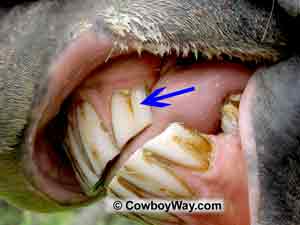Dmva Champs Quiz #3 - Teeth
- C Manual
- B-A Manual
2.
You may optionally provide this to label your report, leaderboard, or certificate.
Submit
Submit
Submit
Submit
Submit
Submit
×
Thank you for your feedback!
















